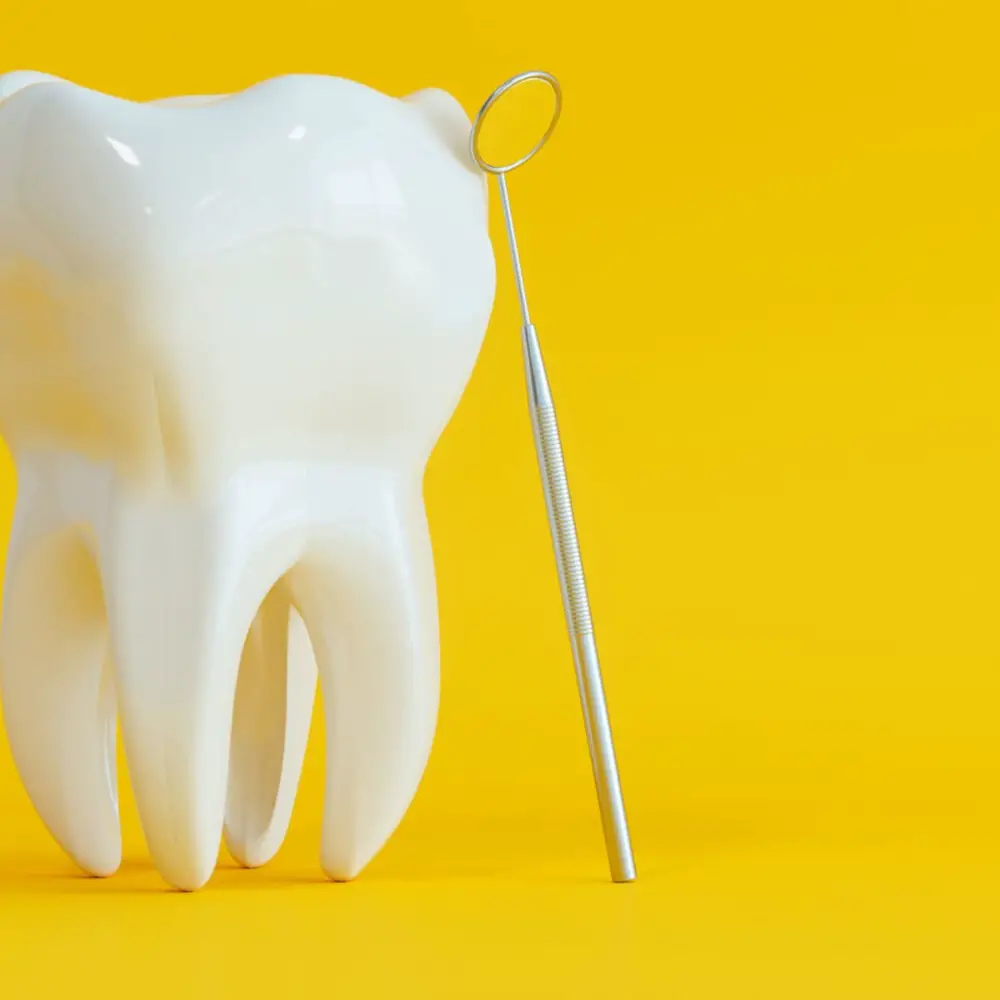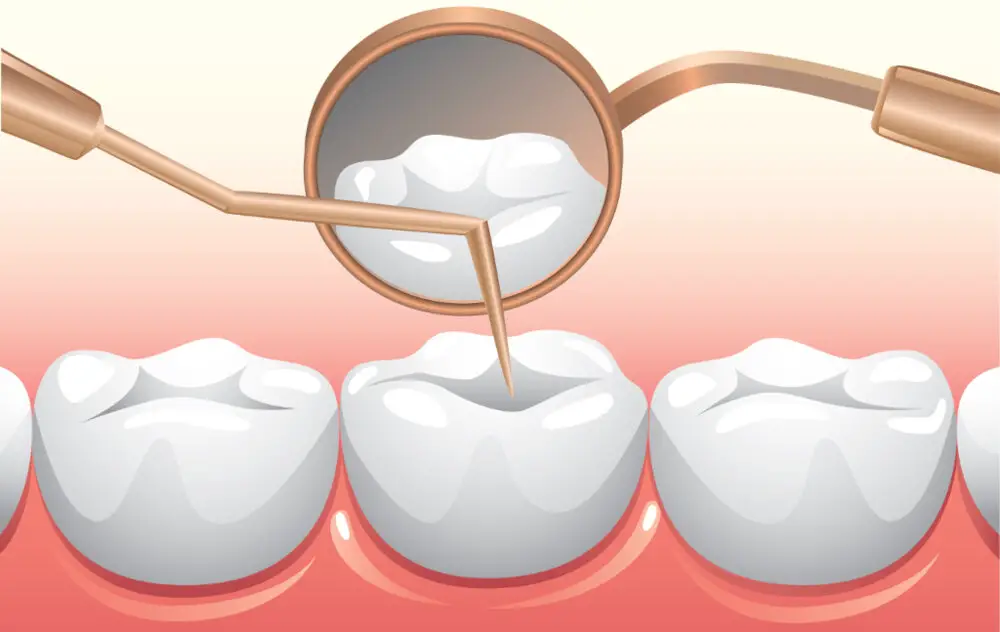Shark Tooth Hunting: Top Places to Find Shark Teeth for Your Collection

Shark tooth hunting is a thrilling and exhilarating activity that has become increasingly popular over the years. It involves searching for fossilized shark teeth, which can be found in various locations around the world. With their impressive size and sharp edges, shark teeth make for a fascinating addition to any collection. Not only are they aesthetically pleasing, but they also provide insight into the prehistoric world and the evolution of these magnificent creatures. If you’re looking to embark on a shark tooth hunting adventure, there are many places to choose from. Some locations are renowned for their abundance of shark teeth, while others require a bit more effort to find them. From beaches and rivers to quarries and mines, there are numerous options for collectors of all levels. In this article, we will explore some of the top places to find shark teeth for your collection, so you can plan your next expedition with confidence.
Shark tooth hunting is an exciting activity that involves searching for fossilized teeth of sharks in various locations worldwide. The process involves using tools such as a scoop or sieve to sift through sand and gravel in search of these prehistoric treasures. The best places to find shark teeth are along the shoreline, particularly in areas that were once part of the ocean floor. These locations include beaches, riverbanks, and even quarries that were once underwater. Many enthusiasts enjoy collecting shark teeth as a hobby, and some even turn it into a profitable business. While the activity requires patience and persistence, the thrill of discovering a rare, perfectly preserved shark tooth is worth the effort.
For shark tooth collectors, finding a new addition to their collection can be an exhilarating experience. Shark teeth are not just interesting objects, but they also hold historical significance. They can tell a story about the evolution of these creatures and their habits. Additionally, finding a shark tooth requires skill, patience, and a bit of luck, making it a rewarding hobby for many. It can also be an educational experience for children who are interested in learning about the ocean and its inhabitants. Finding the perfect shark tooth can be a thrilling adventure and can help collectors gain a better understanding and appreciation for these fascinating creatures.
Top Places to Find Shark Teeth

Shark Tooth Hunting has become a popular hobby for many beachgoers. The thrill of finding a prehistoric piece of history is unmatched. However, finding shark teeth can be a bit challenging, especially if you don’t know where to look. Fortunately, there are many top places to find shark teeth that you can add to your collection. One of the best places to find shark teeth is in Florida. Florida is known for its beautiful beaches and abundant marine life, making it the perfect location for shark tooth hunting. In particular, Venice Beach is a popular spot for finding shark teeth. The beach is known as the \Shark Tooth Capital of the World\ and is home to numerous species of sharks. You can easily find shark teeth by sifting through the sand or walking along the shoreline. Another top place to find shark teeth is in South Carolina. Folly Beach, located in Charleston, is a great location for finding shark teeth. The beach is known for its beautiful scenery and relaxed atmosphere, making it a popular destination for tourists. In addition to shark teeth, you can also find other fossils and shells. The best time to find shark teeth is during low tide or after a storm when the waves have brought them closer to shore. It’s important to note that you should always respect the beach and its ecosystem by not taking anything that is still alive or protected by law. With these top places to find shark teeth, you’re sure to start or expand your collection in no time.
If you are an avid collector of shark teeth, then you must visit beaches that offer high chances of finding them. One such beach is Venice Beach in Florida, which is known as the \Shark Tooth Capital of the World.\ Another popular beach is Calvert Cliffs State Park in Maryland, where you can hunt for prehistoric shark teeth that are over 20 million years old. On the East Coast, you can also visit Folly Beach in South Carolina, which is known for its abundance of shark teeth. In addition, Myrtle Beach in South Carolina is another great place to find shark teeth, especially after a storm or high tide. Overall, these beaches offer a thrilling and rewarding experience for any shark tooth enthusiast.
If you’re interested in finding shark teeth on beaches, there are several tips that can increase your chances of success. First, do some research to find beaches that are known for having a high concentration of shark teeth. Look for areas with steep drop-offs or where the surf is strong, as these conditions are more likely to uncover teeth. Additionally, it’s important to go at low tide when more of the beach is exposed. Bring a fine mesh sieve or sifter to help sift through the sand, and keep an eye out for any shiny black or grey objects. Finally, be patient and persistent – finding shark teeth can take time, but the thrill of discovering a rare and ancient piece of history is well worth the effort.
Apart from the beaches, there are various alternative locations where you can find shark teeth. One such place is rivers and streams that flow into the sea. These water bodies carry the teeth and other fossils downstream, which eventually accumulate on the banks. Another option is to look for areas where construction or excavation work is being carried out, as they may unearth fossils and shark teeth. Additionally, visiting fossil and rock shops, attending gem and mineral shows, or connecting with local fossil clubs can also help you acquire shark teeth for your collection. It’s essential to obtain permission from property owners or authorities before searching for shark teeth in these locations.
Best Time of Day/Year to Hunt for Shark Teeth

Shark tooth hunting is a thrilling experience for many beachcombers and fossil collectors. However, the best time of day to hunt for shark teeth is during low tide. Low tide exposes the ocean floor, making it easier to search for shark teeth along the shoreline. This is also the time when the waves are calm, allowing you to see clearly and prevent accidents. Early morning or late afternoon is the perfect time of day for shark tooth hunting as the sun is not too bright, and the beach is less crowded. The best time of year to hunt for shark teeth is during the winter months. During this time, the erosion rate is high, and the waves are strong, causing the sand to wash away, exposing more shark teeth. The winter months also offer fewer crowds, making it easier to find shark teeth along the shore. Additionally, it’s important to note that the location you choose to hunt for shark teeth can also affect the time of day and year you choose to go. If the location is known for high tides or strong waves, it may be best to hunt during the low tide or winter months. It’s also important to check the local weather forecast to ensure safe and enjoyable hunting conditions. Overall, the best time of day and year to hunt for shark teeth varies depending on the location and weather conditions. With patience and a keen eye, you’ll be sure to find some valuable shark teeth to add to your collection.
Shark tooth hunting can be a thrilling and rewarding experience for anyone who loves collecting fossils. The best time to search for shark teeth is during low tide when the waves have receded and the ocean floor is exposed. This is a prime opportunity to scour the sandy shorelines, shallow waters, and rocky outcroppings for shark teeth that have been washed up by the tide. Additionally, early morning and late evening hours tend to be the best times for shark tooth hunting as the sun is not as strong and the beaches are less crowded. It’s also important to keep an eye out for areas that have recently experienced storms or heavy surf, as this can often bring up new finds from deeper ocean layers.
When it comes to hunting for shark teeth, weather conditions play a crucial role in determining your success. The best time to search for shark teeth is during low tide, preferably after a storm or heavy rainfall. This is because the water level goes down, and the waves wash away the sand, revealing the teeth that might have been buried under. Additionally, clear and sunny days are ideal for fossil hunting because it makes it easier to spot the teeth on the beach. On the other hand, windy or rainy weather can make it challenging to find shark teeth due to the waves and the murky water. Thus, it’s best to plan your shark tooth hunting trip around the weather forecast to ensure optimal conditions.
Tools Needed for Shark Tooth Hunting

Shark tooth hunting is an exciting and adventurous activity that can result in the discovery of unique and rare shark teeth. To start your shark tooth hunting journey, you will need some essential tools that will help you in your search. One of the most important tools is a mesh sieve that will help you sift through sand and sediment to find shark teeth. A long-handled scoop and shovel will also be useful in digging through the sand and searching for hidden treasures. A pair of gloves will protect your hands from sharp rocks and shells while you dig and search. A small flashlight will also be helpful in illuminating dark and shadowy areas where shark teeth might be hiding. Another important tool for shark tooth hunting is a sifter. These can be purchased or made by drilling small holes into the bottom of a bucket or plastic container. The sifter will help you sort through sand and sediment and separate the larger items from the smaller ones. A magnifying glass or loupe can also be useful in identifying and examining the details of the shark teeth you find. A waterproof bag or container will keep your treasures safe and dry while you search for more. With these essential tools, you will be well-equipped to start your shark tooth hunting adventure and add unique and rare pieces to your collection.
When it comes to shark tooth hunting, having the necessary tools can make all the difference. First and foremost, you’ll need a good quality mesh sieve or sifter to sift through sand and gravel for any shark teeth hiding underneath. A small shovel or trowel is also useful for digging in the sediment. A pair of sturdy gloves will protect your hands from sharp rocks and shells, and a magnifying glass can help you identify any small teeth you find. If you plan on wading in the water, a pair of water shoes or rubber boots with good traction will keep your feet safe and secure. Lastly, a backpack or bucket to hold your finds will allow you to easily transport your new shark tooth collection back home. With these tools in hand, you’ll be ready for a successful and enjoyable shark tooth hunting adventure.
For avid shark tooth hunters, there are several optional tools that can make the experience more efficient and enjoyable. One of the most popular tools is a sifting screen, which helps to separate small shark teeth and other fossils from the surrounding sand and debris. A long-handled scoop or shovel can also be useful for digging in harder-packed areas of sand or gravel. Additionally, a magnifying glass or jeweler’s loupe can help to identify smaller or more intricate teeth, while a waterproof camera allows you to document your finds and share them with other enthusiasts. Other optional tools include knee pads, gloves, and a sun hat or visor to protect your skin from the elements while you search for treasure along the shoreline.
Tips for Cleaning and Preserving Shark Teeth

If you’re a shark tooth enthusiast, you know the importance of keeping your collection in pristine condition. Cleaning and preserving shark teeth can be a delicate process, but with the right tools and techniques, you can ensure that your collection lasts for years to come. Firstly, before cleaning your shark teeth, it’s important to remove any dirt or debris that may be stuck to them. This can be done by soaking them in warm, soapy water for a few hours. Once the dirt has been loosened, use a soft-bristled toothbrush to gently scrub away any remaining debris. It’s important to be gentle during this process, as harsh scrubbing can damage the tooth’s delicate surface. After cleaning your shark teeth, it’s important to preserve them properly. One effective method is to coat them in a thin layer of mineral oil. This will help to protect the surface of the tooth from damage and discoloration. Alternatively, you can use a clear acrylic spray to seal the tooth and provide a protective barrier. It’s also important to store your shark teeth correctly. Keep them in a dry, cool place away from direct sunlight, which can cause fading and discoloration. By following these tips, you can ensure that your shark tooth collection remains in excellent condition for years to come.
Cleaning shark teeth is an important step to ensure that they stay in good condition for your collection. First, use a soft-bristled brush to gently remove any dirt or debris on the tooth. Then, soak the tooth in a mixture of warm water and white vinegar for several hours. This will help dissolve any remaining dirt and remove any odors. After soaking, rinse the tooth with clean water and let it air dry. For tougher stains or discoloration, you can also use hydrogen peroxide to gently bleach the tooth. However, be careful not to leave the tooth in the peroxide solution for too long or it may damage the enamel. With these simple steps, you can keep your shark teeth looking clean and pristine for years to come.
When it comes to preserving shark teeth for long-term storage, there are a few tips to keep in mind. First, it’s important to clean the teeth thoroughly to remove any debris or dirt that may have accumulated on them. This can be done by soaking the teeth in warm soapy water and using a soft-bristled brush to gently scrub them. Once the teeth are clean, they should be allowed to dry completely before being stored in a cool, dry place. It’s also a good idea to store the teeth in airtight containers or bags to prevent moisture and humidity from damaging them over time. Finally, handling the teeth with care and avoiding exposure to direct sunlight can help ensure that they remain in good condition for years to come.
Shark tooth hunting is an exhilarating and educational activity that has been enjoyed by people for centuries. It not only provides a thrilling outdoor experience but also helps us to understand the evolution and biology of these ancient creatures. By collecting shark teeth, we can learn about various shark species and their habitats. Moreover, these fossils serve as a valuable record of the earth’s history, providing insights into the marine environment and climate from millions of years ago. Shark tooth hunting also promotes eco-tourism, as it encourages people to explore and appreciate nature while supporting local businesses. Overall, shark tooth hunting is an enriching experience that fosters a deeper appreciation for the natural world and its history.
In conclusion, shark tooth hunting is an exciting and rewarding activity that can take you to some of the most beautiful places in the world. However, it is important to always prioritize safety and follow the rules and regulations of the location you are visiting. Remember to bring the necessary equipment, such as a sifter, shovel, and sunscreen, and to respect the environment by not taking more than you need. It is also important to do your research and choose a location that has a high probability of finding shark teeth. With these tips in mind, you can enhance your experience and build a valuable collection of shark teeth. Happy hunting!
Conclusion

In conclusion, shark tooth hunting can be an exhilarating and rewarding experience for those interested in paleontology and ocean life. With so many top places to find shark teeth worldwide, from the beaches of Florida to the cliffs of Morocco, there is no shortage of opportunities to add to your collection. However, it’s important to always prioritize safety and respect for the natural environment when embarking on a shark tooth hunting adventure. With a little bit of research, preparation, and a keen eye, you may just uncover a fascinating piece of history and a treasure to cherish for a lifetime.







